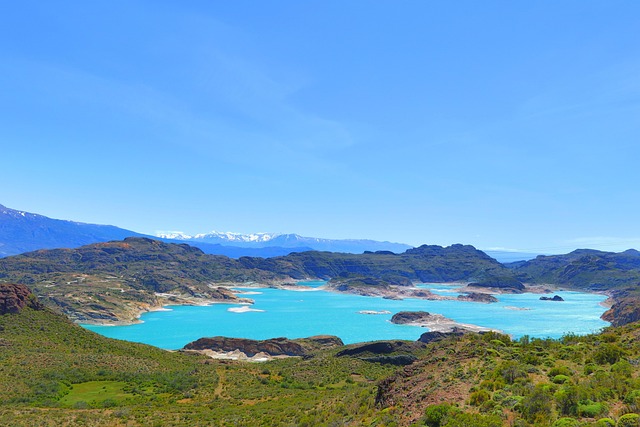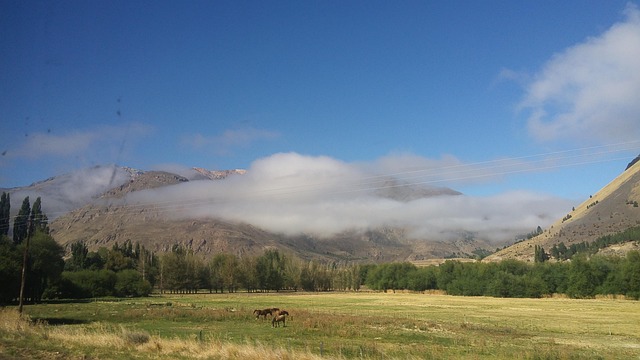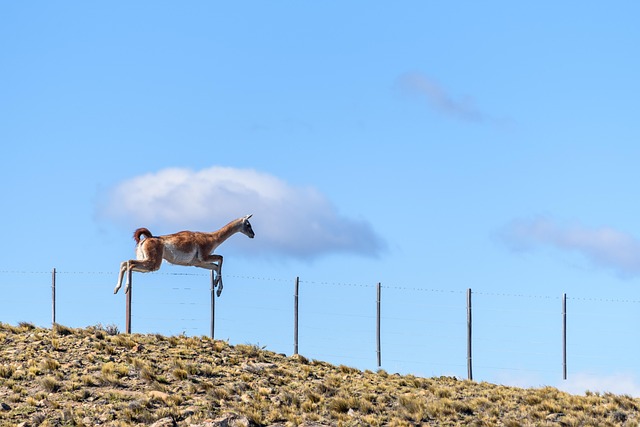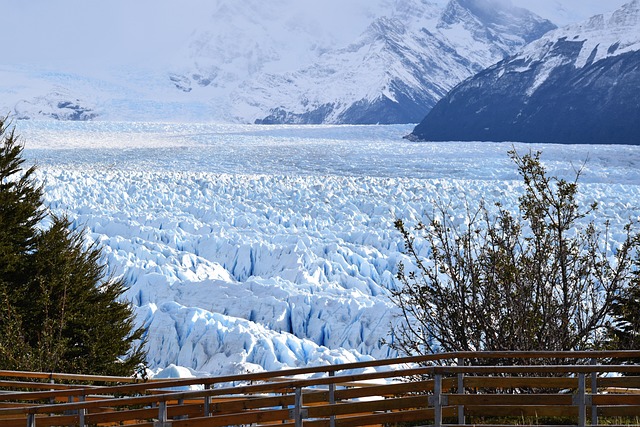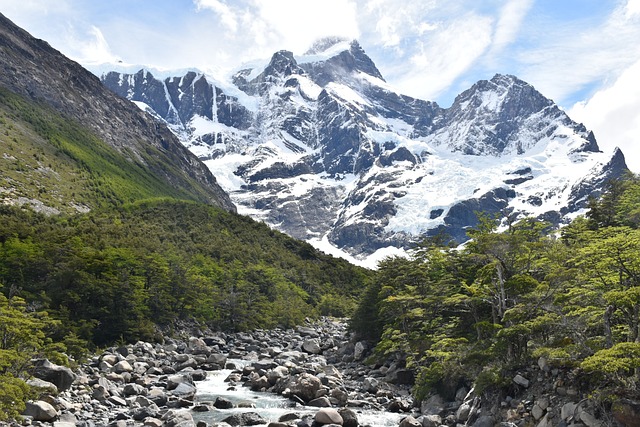Wilderness trails attract outdoor enthusiasts seeking escape from urban life, offering physical exercise, mental rejuvenation, and adventure. The growing popularity of hiking has significantly impacted the real estate industry, with properties near popular trails experiencing high demand. Developers and investors have strategically developed residential projects close to these trails, leading to increased property values and local economic growth. Outdoor enthusiasts contribute to personal well-being and environmental preservation through trail maintenance efforts, connecting communities with nature and enhancing green spaces for both urban and rural areas.
Outdoor enthusiasts are increasingly drawn to wilderness trails, seeking solace and adventure in nature. This growing trend has significant implications for real estate markets, particularly in trail-rich areas. As demand rises, communities are embracing this shift, fostering sustainable development through enhanced trail infrastructure and community engagement. The article explores these trends, delving into the allure of wilderness trails, their economic impact on real estate, and the crucial role they play in shaping a sustainable future.
The Allure of Wilderness Trails for Outdoor Enthusiasts
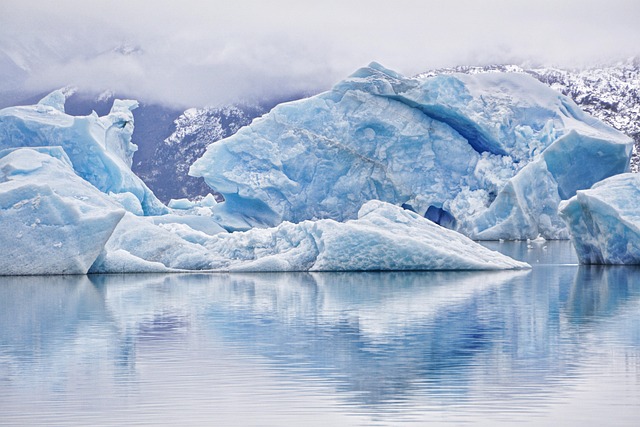
Wilderness trails offer a compelling allure for outdoor enthusiasts, beckoning them with promises of untouched landscapes and serene natural beauty. Unlike urban settings, these trails provide a respite from the hustle and bustle of daily life, allowing individuals to immerse themselves in the tranquility of nature. For many, the call of the wilderness is an irresistible pull, offering not just physical exercise but also mental rejuvenation.
The real estate of untouched trails, with their meandering paths through dense forests, alongside babbling brooks, or across rolling hills, becomes a significant draw for outdoor aficionados. This natural terrain fosters a sense of adventure and exploration, encouraging individuals to disconnect from the digital world and reconnect with the raw, unspoiled beauty that exists beyond the confines of civilization.
How Real Estate in Trail-Rich Areas Benefits from This Trend
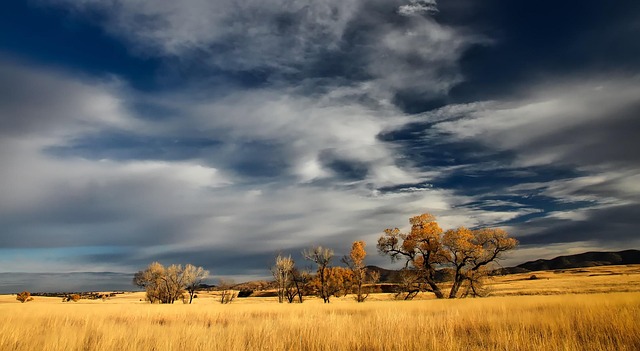
The surge in outdoor enthusiasts seeking wilderness trails has significantly impacted various industries, notably real estate. As more people discover the allure of nature-rich areas, properties located adjacent to or within proximity of hiking trails are experiencing increased demand. This trend benefits local real estate markets as buyers seek homes that offer easy access to outdoor adventures. The desirability of these trail-side properties is driven by the growing appreciation for outdoor lifestyles and the health benefits associated with spending time in nature.
Real estate developers and investors have taken note, recognizing the potential for lucrative opportunities. They are strategically positioning new residential projects near popular trails, capitalizing on the market demand. As a result, these areas often see higher property values, faster sales, and vibrant local economies. This trend is particularly noticeable in regions known for their scenic landscapes and diverse trail networks, where well-maintained trails attract both local residents and tourists seeking immersive outdoor experiences.
Creating a Sustainable Future: Trails and Community Engagement
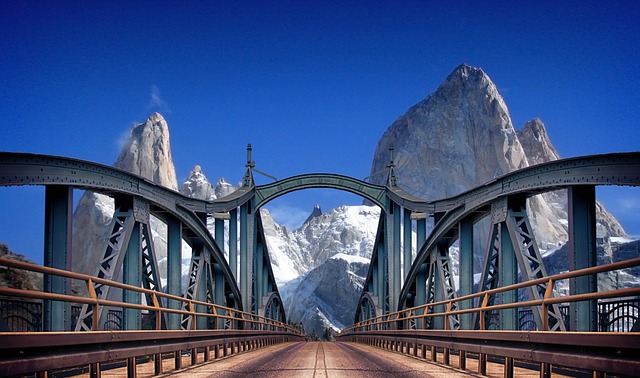
Outdoor enthusiasts drawn by wilderness trails not only contribute to their personal well-being but also play a significant role in shaping a sustainable future. Trails serve as vital connectors between nature and communities, fostering a deeper understanding and appreciation for our natural environment. By engaging in community efforts to maintain and expand these trails, folks actively participate in the conservation of landscapes that are often integral to local real estate values. This engagement ensures that these natural spaces remain pristine and accessible for future generations, creating a harmonious relationship between urban development and wilderness preservation.
Moreover, trail initiatives can drive economic growth in nearby communities. They attract visitors who support local businesses, from outdoor gear stores to eco-lodges. This interconnectedness between trails, community spirit, and real estate market underscores the importance of collaborative efforts to safeguard and enhance these green spaces. Such actions not only preserve the beauty of our wilderness but also secure a prosperous future for both urban centers and rural landscapes.

